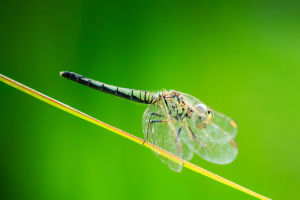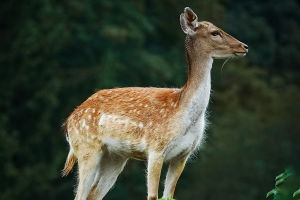The Chital, also known as the spotted deer or axis deer (Axis axis), is a visually striking species native to the Indian subcontinent.
Distinguished by its reddish-brown coat adorned with white spots, the chital holds more than just ecological significance, it is deeply intertwined with the cultural and ethnic identities of various indigenous communities across the region.
Exploring the ethnic identity associated with the chital involves examining its ecological role, cultural symbolism, and its integral place in local livelihoods.
Ecological Role
The chital thrives in diverse habitats including forests, grasslands, and scrublands across India, Nepal, Bhutan, Bangladesh, and Sri Lanka. Its preference for deciduous forests and proximity to water sources underscores its role as a herbivore crucial for ecosystem balance. By grazing on grasses and browsing leaves, the chital shapes vegetation patterns, preventing overgrowth and benefiting other species. Its status as a primary prey species for apex predators like tigers, leopards, and dholes further highlights its importance in maintaining ecosystem health. Conservation efforts aimed at preserving chital populations indirectly support the sustainability of these predator-prey dynamics and overall biodiversity in its habitats.
Cultural Significance
In South Asian cultures, the chital holds profound cultural and spiritual significance. In Hindu mythology, it is linked with deities such as Lord Shiva, often depicted with a deer skin symbolizing his connection to nature. Goddess Saraswati is sometimes portrayed riding a chital, symbolizing grace and purity. In rural and tribal communities, the chital is revered for its beauty and elegance, inspiring traditional arts, dances, and music. Its distinctive coat pattern has influenced local textiles and handicrafts, reflecting a deep-seated admiration for the animal.
Ethnic Connections
For indigenous communities like the Gond, Baiga, and Bhil tribes of central and western India, the chital represents more than a species; it embodies an essential part of their ethnic identity and traditional way of life. These communities have developed intricate knowledge of the chital’s behavior, habitat, and ecological roles, which permeate their folklore, rituals, and daily practices. Historical hunting practices, once integral to their subsistence and cultural heritage, involved rituals that honored the spirit of the chital. While modern conservation practices have limited these activities, the deer’s antlers and bones historically served medicinal, ceremonial, and ornamental purposes within these communities. Festivals and ceremonies continue to celebrate the chital through dance, song, and communal rituals, reinforcing its enduring role in cultural expression and community cohesion.
In summary, the chital's presence extends beyond its ecological niche to encompass a rich tapestry of cultural meanings and ethnic connections among the diverse communities of the Indian subcontinent.


